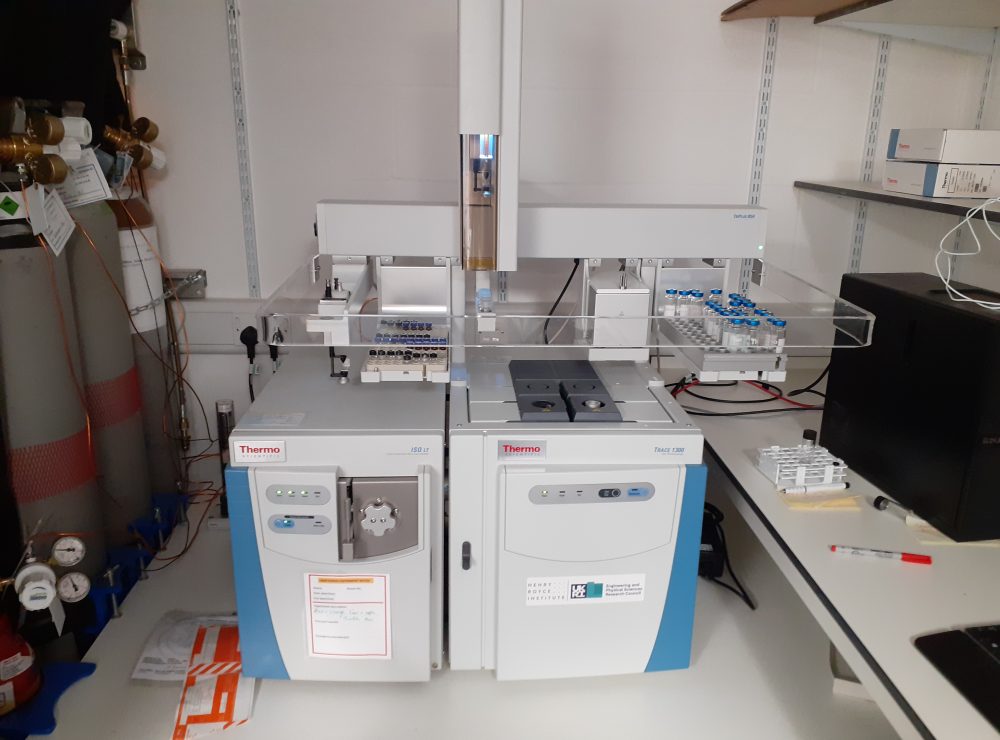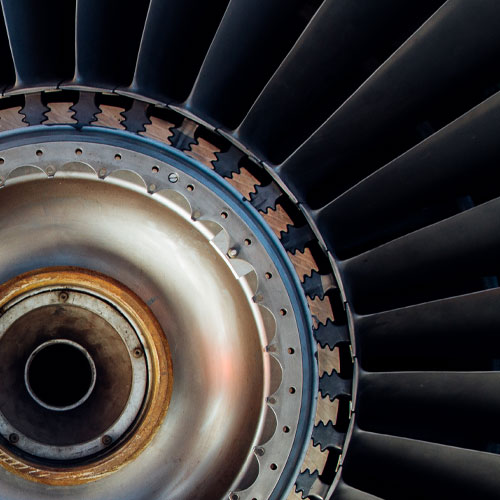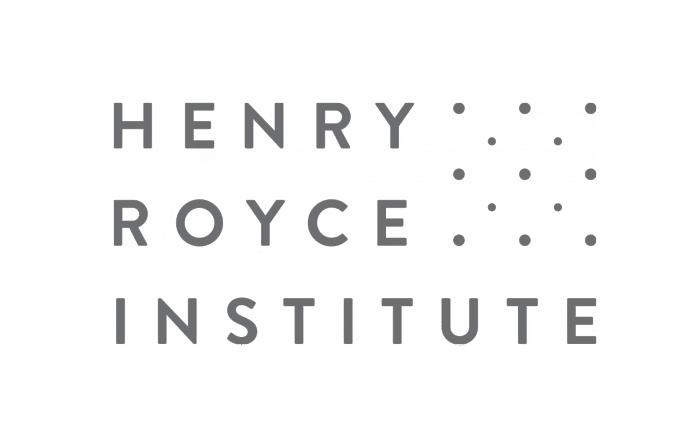This website uses cookies so that we can provide you with the best user experience possible. Cookie information is stored in your browser and performs functions such as recognising you when you return to our website and helping our team to understand which sections of the website you find most interesting and useful.
Separating and analysing compounds that can be vaporised without decomposition.

- Partner:University of Oxford
- Facility:Centre for Energy Materials Research (CEMR)
Or call us now on 0161 275 8382
Detailed Description
Gas chromatography is routinely used in analytical chemistry as it is a powerful tool for separating and analysing compounds that can be vaporised without decomposition.
Typical uses of GC include testing the purity of a particular substance, or separating the different components of a mixture.
This system features a full touch screen for instrument control, status monitoring and on-instrument methods development. With its instant connect injectors and detectors, you can change modules in minutes to reconfigure for a different workflow, develop new methods and eliminate maintenance downtime.
Uses/Applications
Testing the purity of a particular substance.
Separating the different components of a mixture.
DynaMax XR detection system, with off-axis 10kV dynode, discrete dynode electron multiplier and electrometer, linear from 0 to 68µA. Adjustable from 0 to 150eV
Emission Current – up to 350µA. Dual-stage mass filter with off-axis ion guide pre-filter for noise reduction and solid, homogeneous non-coated, maintenance-free quadrupole rods. Independently heated zones for: transfer line, ion source, and ion optics/mass analyser. Fast quadrupole scanning in FS mode, up to 20,000 u/s. Electron Impact Ionization (EI), with full scan (FS), SIM, and FS/SIM simultaneous within sample injection. Timed acquisition (t-SIM) mode. Extended capacity (300L/s) turbomolecular pump. Mechanical rotary vane 3.3 m3/h oil pump. Software-switchable dual reagent gas with digital flow control. Ammonia, methane, isobutane and CO2 presets. ExtractaBrite off-axis ion source, with repeller, source lenses, RF lens and dual filaments in all ionization modes, programmable to 350°C. Up to 400°C.

